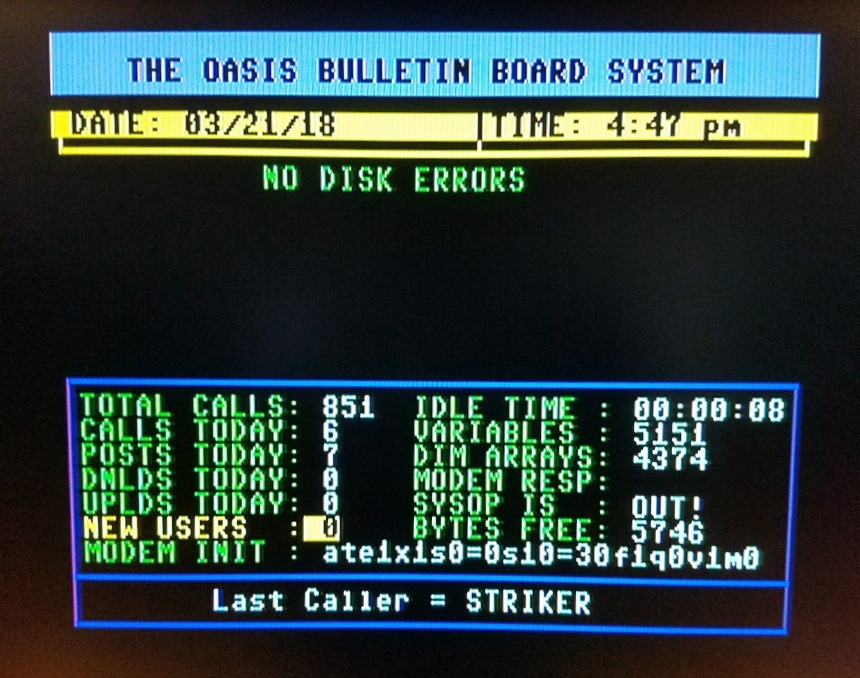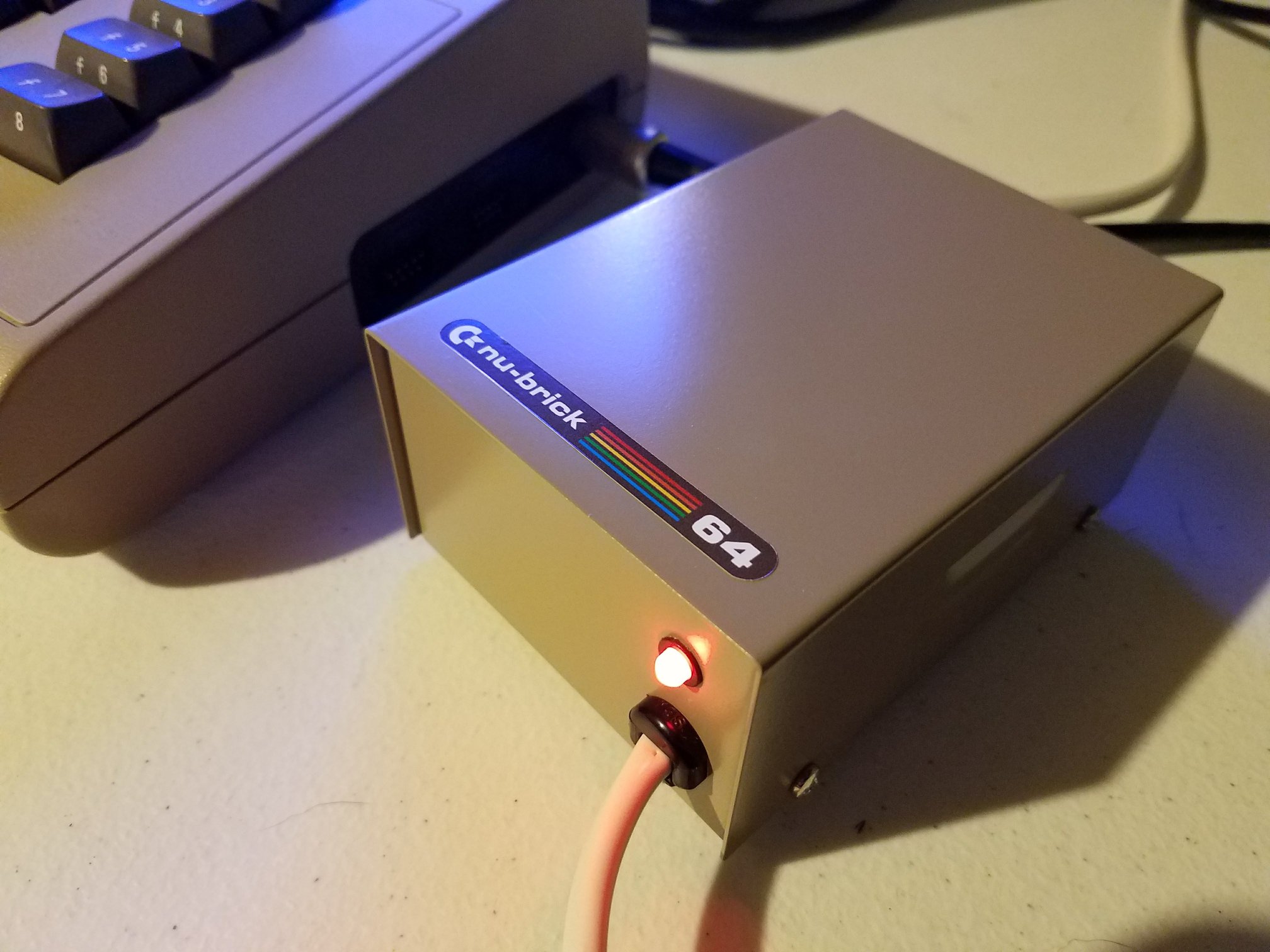In the latest episode of Retro4U, Neil finally completes the Denise Amiga ITX build—a compact and modern take on the legendary Amiga 500 motherboard. With capacitors and resistor networks already soldered, the spotlight shifts to the last critical steps: sockets, chips, and that all-important first power-on.
The Denise Amiga ITX project is more than a simple build. It’s a revival of classic Amiga hardware in a Mini-ITX form factor, designed to fit inside modern cases while keeping the retro charm alive. But as Neil discovers, building retro isn’t always plug-and-play.
Final Components and First Hurdles
With the finish line in sight, Neil begins socketing and soldering components. Four key ICs are mounted directly to the board, as recommended for timing reliability. A bit of retro elbow grease goes into placing every socket by hand.
However, challenges begin to creep in. The SIM socket arrives with mismatched pin orientations, forcing Neil to guess based on the schematic. Ports are installed—including PS/2, RGB, and joystick—but the lack of composite video doesn’t faze him. After all, who really misses composite?
Missing Parts and Modern Problems
Sourcing the final few components—like a supercapacitor and crystal oscillator—turns out to be surprisingly expensive. Neil vents about the steep £15 shipping for £3 worth of parts. Tandy flashbacks included.
Nevertheless, he pushes forward, installs the last pieces, and populates the board with chips harvested from a donor Amiga.
Power On… or Not
With fingers crossed, Neil powers up the Denise Amiga ITX. Nothing. Completely dead. No power light, no output—just a sea of silence.
Time to troubleshoot. With help from a supportive Discord community, Neil probes voltages, checks reset lines, and even breaks out a USB-to-TTL adapter. Eventually, the culprit is discovered: a wrong resistor network. Instead of an isolated type at R50, he mistakenly used a bussed one.
The Fix and The Boot
Once the correct resistor network is installed, it’s time for another power-on. This time—success! The board springs to life, detecting the CPU and memory. It’s a triumphant moment for the Denise Amiga ITX project, despite the heatwave, delays, and unexpected detours.
Neil wraps up by teasing future episodes that will cover case installation, RTG graphics, LAN setup, and storage solutions.
Anyone interested can pick up their own Denise PCB from Tindie or Flamelily, and full details are on Enterlogic’s project page.







